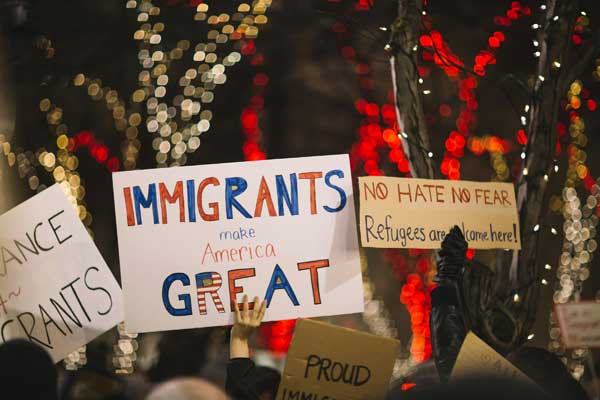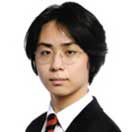Trump initiates a debate regarding two diverging paths of language in America

[Image of lmmigrants and language, Credit to Unsplash]
On March 3, 2024, NBC News reported that former President Donald Trump has been focusing on the languages brought by immigrants.
Speaking to thousands of supporters at the Conservative Political Action Conference (CPAC) just outside Washington DC, Trump stated, “Our country is being inundated with new languages. However, We have almost no instructors who can teach these languages.”
He then added, “These are languages that no one in this country has ever heard of. It’s a very horrible thing.”.
At a rally in Virginia, Trump described New York classrooms as being overwhelmed by foreign students from countries “where they don’t even know what language they speak.”
Since his first presidential campaign, Trump has used strong language to claim that Mexico is sending “rapists,” “drugs,” and “crime.”
While Trump did not specify any particular languages, his comments have sparked debate about linguistic diversity in the United States.
New York City, known for its diverse immigrant population, stands as a stark example of Trump's claim.
Immigrant communities in New York maintain a variety of languages and cultural identities.
The city's rich linguistic diversity contrasts sharply with political discourse dominated by monolingualism.
Over 200 languages are spoken in New York, reflecting its history as a melting pot of linguistic diversity.
In March, Ross Perlin wrote in The New York Times that the United States has no official language, but instead has hundreds of those.
Perlin criticized Trump’s warnings about linguistic diversity by highlighting research that shows the practical benefits of the knowledge, wisdom, and poetry of immigrant languages.
He also emphasized the necessity of learning to communicate with these communities, noting that linguistic diversity can positively impact children’s development and health.
Historically, the United States has never had an official language.
Today, about 350 languages are spoken in the United States; while many states have designated English as their official language, there is no federal mandate. This reflects efforts to maintain multiculturalism and linguistic diversity.
In New York City, over 50% of residents speak a language other than English at home, showcasing the city’s cultural richness.
During American independence, the early colonies were composed of Europeans who spoke various languages, including English, Spanish, Dutch, and French.
The Founding Fathers did not see the need to legally protect English, as it was already the dominant language, and they did not want to exclude those who had fought for independence but spoke other languages.
Despite embracing linguistic diversity, the U.S. has a history of suppressing non-English languages.
Indigenous languages were oppressed through government-run boarding schools, and African slaves were forbidden from speaking their languages.
In the early 20th century, laws were enacted to suppress the use of German and other non-English languages.
Despite these efforts, the U.S. has continually accepted the languages of various immigrants.
Language plays a crucial role in shaping identity and community.
In areas with high immigrant density, bilingual education programs, and multilingual services are essential for bridging communication gaps and promoting integration.
New York City’s efforts toward linguistic inclusion demonstrate the power of language as a tool for connection and empowerment.
While Trump’s speech emphasizes a politically charged atmosphere focused on loyalty and nationalism, New York’s multilingual society fosters social cohesion through diverse cultures and languages.
These contrasting narratives highlight the multifaceted nature of language in American society, from political rhetoric to everyday communication in one of the world’s most diverse cities.

- Hyun Been Bae / Grade 12
- Woodberry Forest School

![THE HERALD STUDENT REPORTERS [US]](/assets/images/logo_student_us.png)
![THE HERALD STUDENT REPORTERS [Canada]](/assets/images/logo_student_ca.png)
